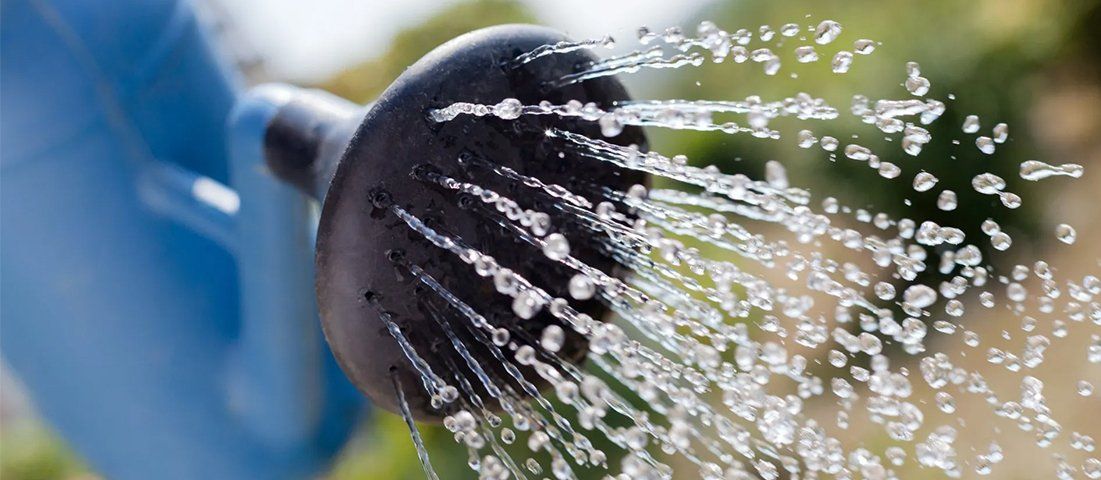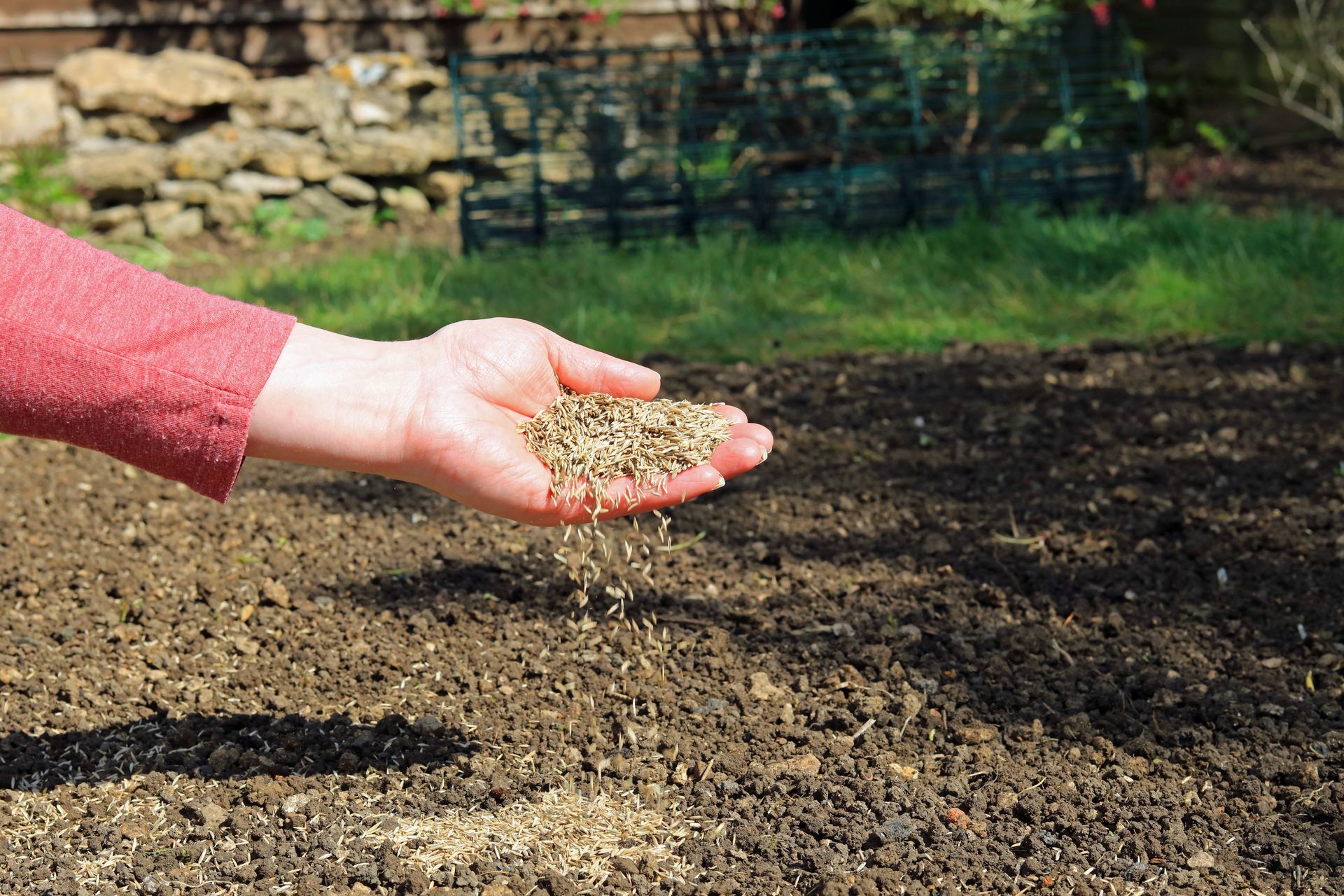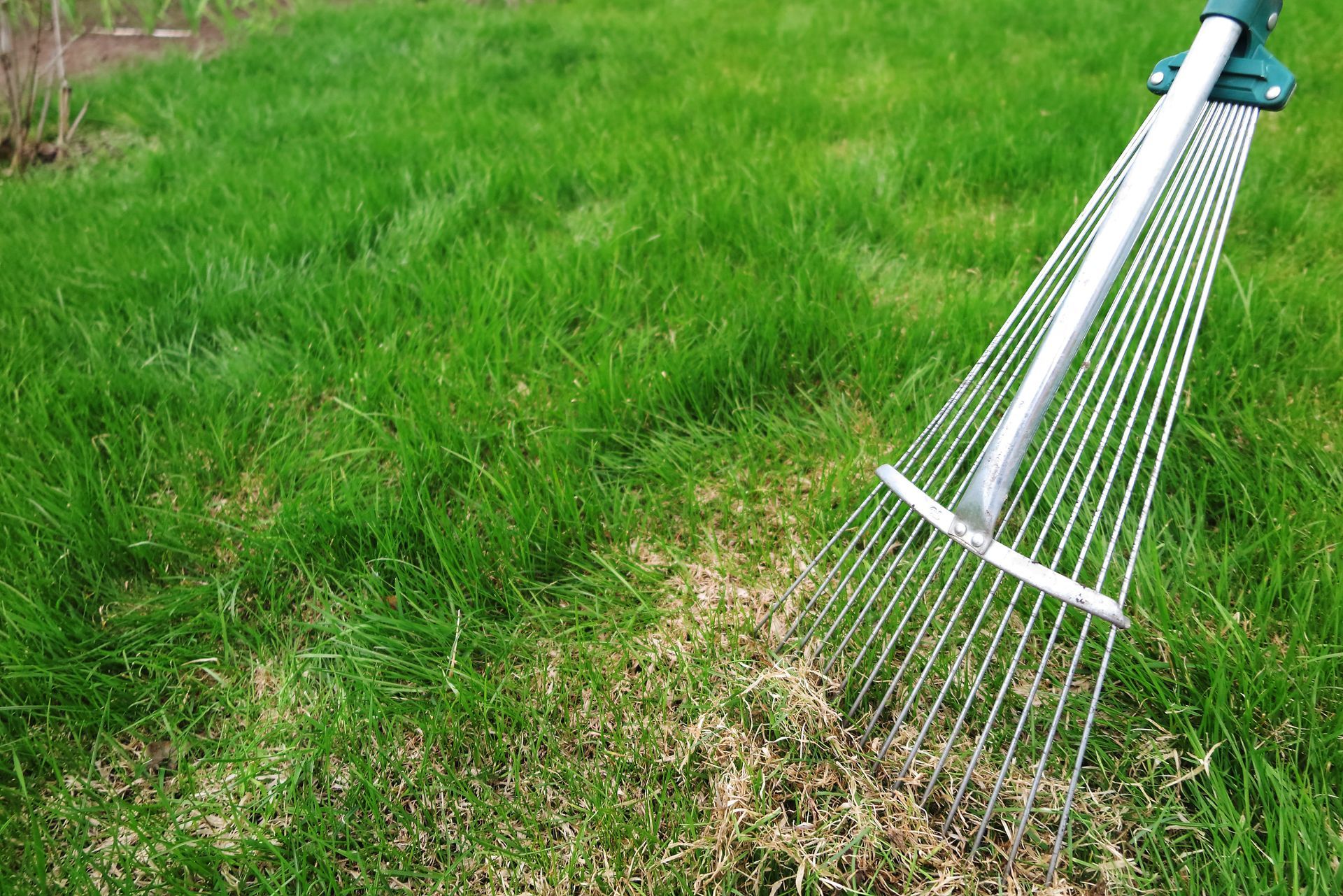February 4, 2022
Late-Winter Lawn Maintenance: 3 Steps To Promote Spring Growth
February is the month of hearts, candy, and all things Valentine’s Day, but there’s no love lost for Southeast Michigan lawns. Heavy snow, hard freezes, and pests damage your yard, and even salt from deicing can dry out the soil. While it’s tempting to let your turf hibernate in the winter, there are some do’s and don’ts that can help prevent winterkill . Romance your lawn with Visionary Fertilization’s late-winter maintenance techniques for the greenest turf and beautiful springtime blooms.
Late-Winter Maintenance Technique #1: Mowing
If you’ve followed Visionary Fertilization’s winter prep checklist , then your grass should be at the 2.5- 3 inches when the snow starts falling to help promote a faster green-up come spring. As the winter becomes milder, it’s okay to start mowing again. Go slow to help prevent damage and never mow if there has been a freeze, if the soil is soft and muddy, or if temperatures stay at or below 40 degrees for seven days.

Late-Winter Maintenance Technique #2: Watering
Melting snow and cold rain does provide some moisture for your yard. Watering on mild days is still essential to protect root systems. Otherwise, they could become dry and brittle, making them prime targets for winter sun scorch. The experts at Visionary Fertilization have three rules for winter watering.
- Water mid-morning to allow maximum water absorption before the sun sets and the temperature drops.
- Water when it’s 40 degrees or warmer to prevent water from freezing.
- Don’t just water the base of a tree. You’ll ensure the roots get the much-needed moisture by soaking the area two times the trunk’s diameter.
Late-Winter Maintenance Technique #3: Pruning
The dormant winter season is a good time to cut off lower branches from shrubs. Come springtime, the plant will begin to produce healthy new growth. In winter, pruning most deciduous trees and shrubs helps prevent disease, especially in Oak. Oak trees are susceptible to a fungus called Oak Wilt, and Sap-eating beetles, which transport the fungus between trees, are less active in the cold months. Visionary Fertilization’s tree care specialist also recommends cleaning your tools before pruning each plant to prevent the spread of disease and fungus.
Spring Is Just Around The Corner
February is a perfect pre-spring month to start loving on your lawn. Pruning, watering, and slow mowing help promote growth, prevent disease, and keep plants hydrated during the late winter months. The team at Visionary Fertilization are masters in late-winter care. Locally owned and operated , our specialists can help your turf and trees hibernate in the winter months and green-up in spring. Call us at 586-315-6384 with questions or get an instant quote on our website.




